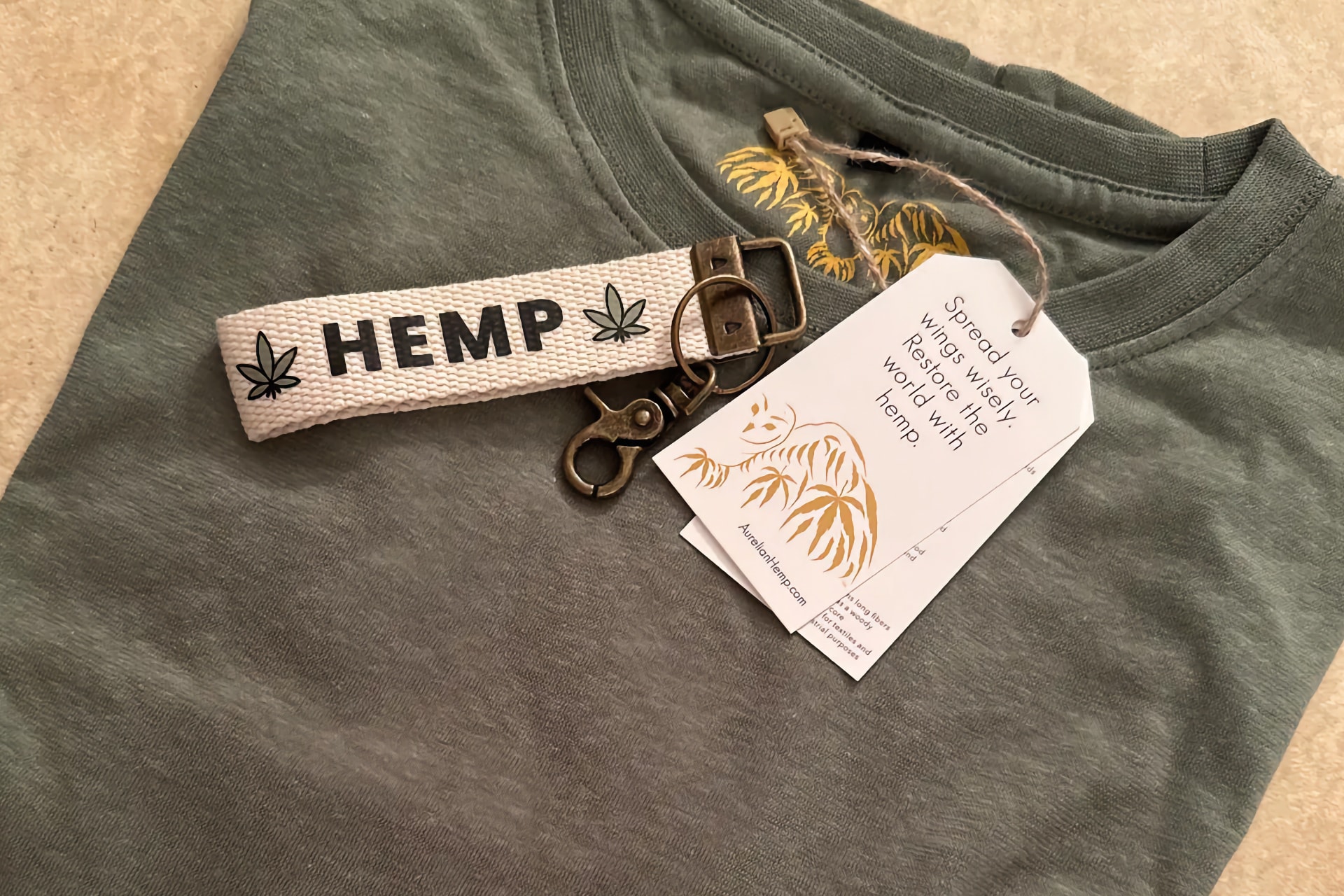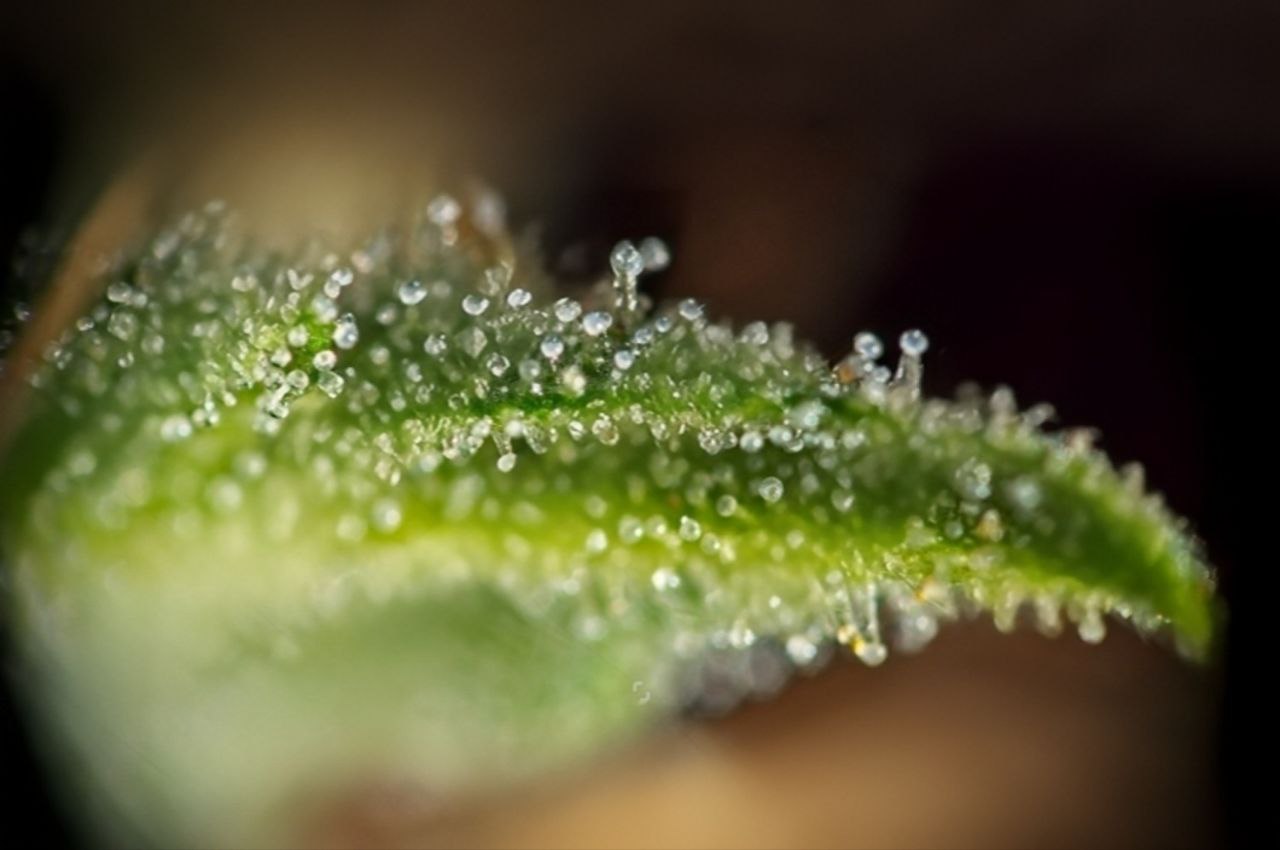
Hemp has been used for clothing since ancient China and Egypt. Archaeologists say that China was producing hemp fabrics already 6000 years ago.
In Europe, hemp became an essential agricultural crop during the Middle Ages, where it was used to make sails, ropes, bags, and clothing. Hemp fabrics and ropes were durable and water-resistant, making them ideal for sailors including Vikings, the English, and other maritime powers of the Middle Ages. Hemp oil was also used for lighting lamps.
There is a monument to Christopher Columbus at the Barcelona port, designed by architect Gaieta Buigas for the 1888 World Exposition. The monument’s base is entwined with hemp leaves to highlight the hemp’s value for sailors, as sails and ropes were made from it.
It is known that Columbus’s ships carried hemp seeds for its cultivation upon arrival. That's how Columbus brought hemp to the New World.
From the 18th to the 20th century, hemp played a key role in European book printing, especially in Germany, where nearly all paper was produced from hemp.
In the 18th century, hemp also became a primary source of paper production in America. For example, the first U.S. declarations were published on hemp paper.
In the 19th century, industrial hemp became widely used in the production of building materials, such as insulation and blocks.
However, the industry faced a sharp decline in the 20th century, driven by several factors. First of all, cheap synthetic materials such as polyester and nylon took over the part of the textile market. Secondly, a global anti-drug campaign started, and the 1936 Geneva Convention on Narcotics imposed strict regulations on cannabis, causing industrial hemp production to decrease in many countries. Cotton and synthetic materials producers, as well as timber companies successfully lobbied for further suppression of the industrial hemp industry. As a result, a centuries-old industry almost vanished within a few decades.
In Germany, Japan, and the U.S. during World War II, there was a short-term revival of the industry, as cheap and durable hemp fabrics were essential for producing military uniforms, parachutes, and tents. The U.S. government even launched the "Hemp for Victory" campaign to support industrial hemp production. However, after the war, interest in hemp quickly waned.
It is interesting that the Soviet Union started limiting industrial hemp production only in the 1970s.
By the end of the 20th century, technical hemp was almost never used except in Asia.
But in the late 1990s, with rising interest in eco-friendly and sustainable materials, the demand for industrial hemp began to rise again. Today, the industry is experiencing a true revival. Experts predict that the global market for industrial hemp will grow from $5 billion in 2023 to $24 billion by 2033, with a compound annual growth rate of 16%.
Here are the key factors that make industrial hemp one of the most promising crops for sustainable economy development:

China is the largest producer of industrial hemp in the world, accounting for over 60% of global production. China grows hemp primarily for the textile industry, construction, and hemp seed oil production.
Canada ranks second, cultivating both industrial hemp and recreational cannabis.
In Europe, France, Germany, and the Czech Republic are the leading countries in industrial hemp cultivation.
In the United States, industrial hemp cultivation became legal only in 2018, sparking rapid growth. Today, the U.S. has more than 100,000 hectares dedicated to industrial hemp.
It is predicted that industrial hemp production will continue to grow globally in the coming decades, becoming an essential part of sustainable production.

What are cannabis terpenes and how do they work? A brief guide to the aroma profiles of the most popular marijuana strains.

The best exhibitions, festivals and conferences around the world: check out our list of cannabis events for the industry professionals and enthusiasts, as well as for travelers eager to explore the world of cannabis.

Why is hashish surrounded by legends and mystical stories? What role did it play in the culture of the Arab world and in 19th-century European literature? Here are 5 fascinating facts about hashish and culture.